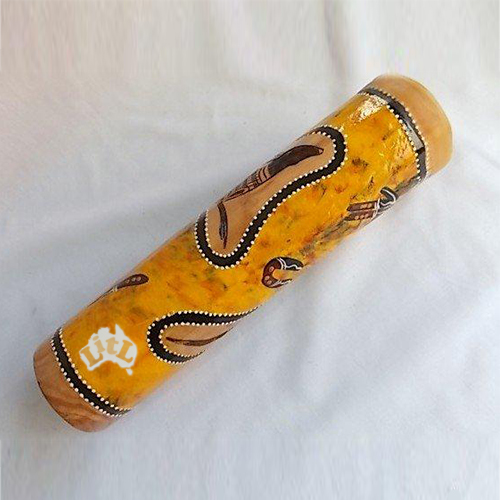
Aboriginal Coolamon
Aboriginal Coolamon
These are crafted by Clem Christian an Aboriginal elder residing in Wiradjuri country Narrandera Riverina district NSW.
A Coolamon is an Indigenous Australian carrying vessel. It is a multi-purpose shallow vessel, or dish with curved sides. Coolamons were traditionally used by Aboriginal women to carry water, fruits, nuts, as well as to cradle babies as depicted in this Coolamon. Today when women gather bush tucker, they usually use a billy can, bucket or flour tin. Coolamons were carried on the head when travelling any distance, or under the arm if used as a cradle. If carried on the head, a ring pad was placed on the head, made out of possum and/or human hair string, twisted grass, or feathers. This helped to cushion and support the carriage of the Coolamon. They were also used in ceremonies, such as for aromatic smoking, which was believed to have purifying effects. They were rubbed regularly with fat, such as emu fat to keep the wood in good condition.
They range from approximately 24-29cm L 6-9cm W 3-5 cm H
Made in Australia
$45.00Add To Basket
Boomerang (set of 10 )
Boomerang (set of 10 )
Looking for an activity for the children? go no further! these are blank boomerangs ready to be painted as gifts for Christmas, Mother’s or father’s day etc. They are 15cm in length an ideal size for children to paint!
There are basically 3 types of boomerangs that are/were made and used by aboriginal people across Australia. These include hunting boomerangs, returning boomerangs and star shaped returning boomerangs. All tribes made and used the hunting boomerang, but, not all tribes made and used the typical returning boomerang or the star shaped hunting/returning boomerang.
$60.00Add To Basket
Boomerang for Dot Art Painting set of 5
Set of 5 blank boomerangs ready for the children to paint. These make great gifts for the children to paint and give to parents. 100% Authentic Aboriginal Art
Size 12 cm L
A returning boomerang is designed to return to the thrower. It is well known as a weapon used by Indigenous Australians for hunting. Boomerangs have been historically used for hunting, as well as sport and entertainment. They are commonly thought of as an Australian icon, and come in various shapes and sizes.
$25.00Add To Basket
Bull Roarer for Dot Art Painting
100% Authentic Aboriginal Art! Set of 5 These make great gifts for the children to give to parents. Bull-roarer, pseudomusical instrument or device that produces a howling or whirring sound when whirled through the air. The bull-roarer is commonly a flat piece of wood measuring from 4 to 14 inches (10 to 35 cm) in length and fastened at one end to a thong or string.Along with the didgeridoo, it was a prominent musical technology among the Australian Aborigines, used in ceremonies across the continent. Along with the didgeridoo, it was a prominent musical technology among the Australian Aborigines, used in ceremonies across the continent
size 11 cm L
$25.00Add To Basket
Ceremonial Boomerang (Killer) for Dot Art Painting
Set of 5 Killer Boomerang ready for the children to dot paint. They make great gifts for the children to give to parents.
100% Authentic Aboriginal Art . This is a hook shaped weapon traditionally used by Aboriginals distinctly marked to symbolise clan. it was used in ceremony, hand to hand combat and tribal skirmishes.People used these large boomerangs to hunt birds, kangaroos and emus. This is a traditional hunting and killing boomerang. It is meant to travel in the direction thrown and not return to the thrower. Non-returning boomerangs are larger and heavier than the returning boomerangs and have a hook shape.
size 13 cm L
$25.00Add To Basket
Corroboree Clapsticks (Raw)
Corroboree clapsticks are raw and ready for dot painting. Flat on one side, rounded on the other. This enables a better tapping sound can be placed on the flat side for easier access for dot painting.
made in Australia from Yellow Box
size 18-19 cm L 3 cm Dia
$20.00Add To Basket
Corroboree Clapsticks Oiled
Corroboree clapsticks are oiled and ready for dot painting. Flat on one side, rounded on the other. This enables a better tapping sound can be placed on the flat side for easier access for dot painting.
made in Australia from Yellow Box
size 18-19 cm L 3 cm Dia
$20.00Add To Basket
Curved Contempory Animal Clapsticks
These clapsticks have been hand crafted from Australian timber and they are individually hand painted with a variety of different native animals in contemporary and art style.
Clapsticks, also spelt clap sticks and also known as bilma, bimli, clappers, musicstick or just stick, are a traditional Australian Aboriginal instrument. They serve to maintain rhythm in voice chants, often as part of an Aboriginal ceremony.
Size32 L c cm dia
Made in Australia
$49.00Add To Basket
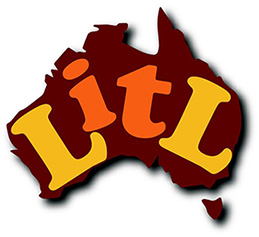
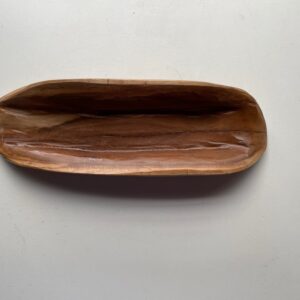
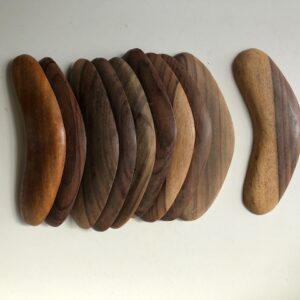
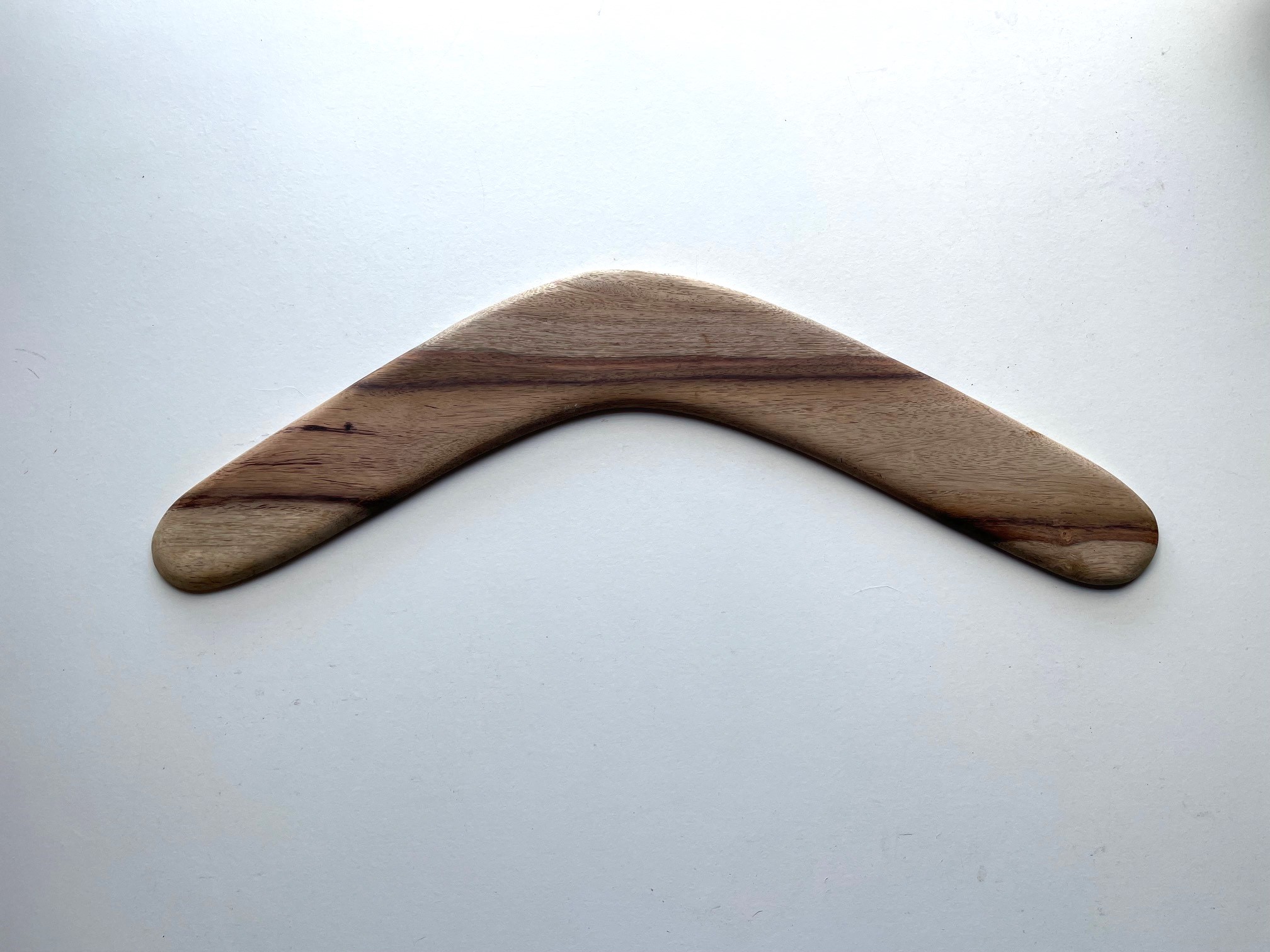
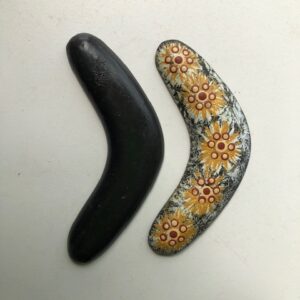
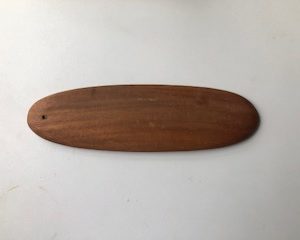
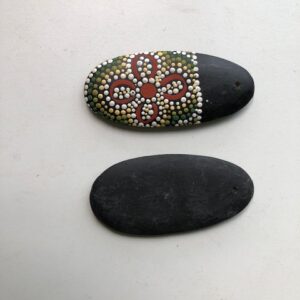
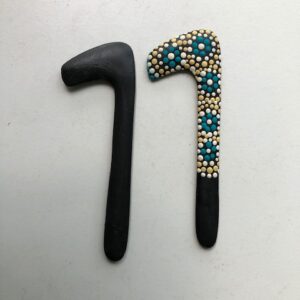
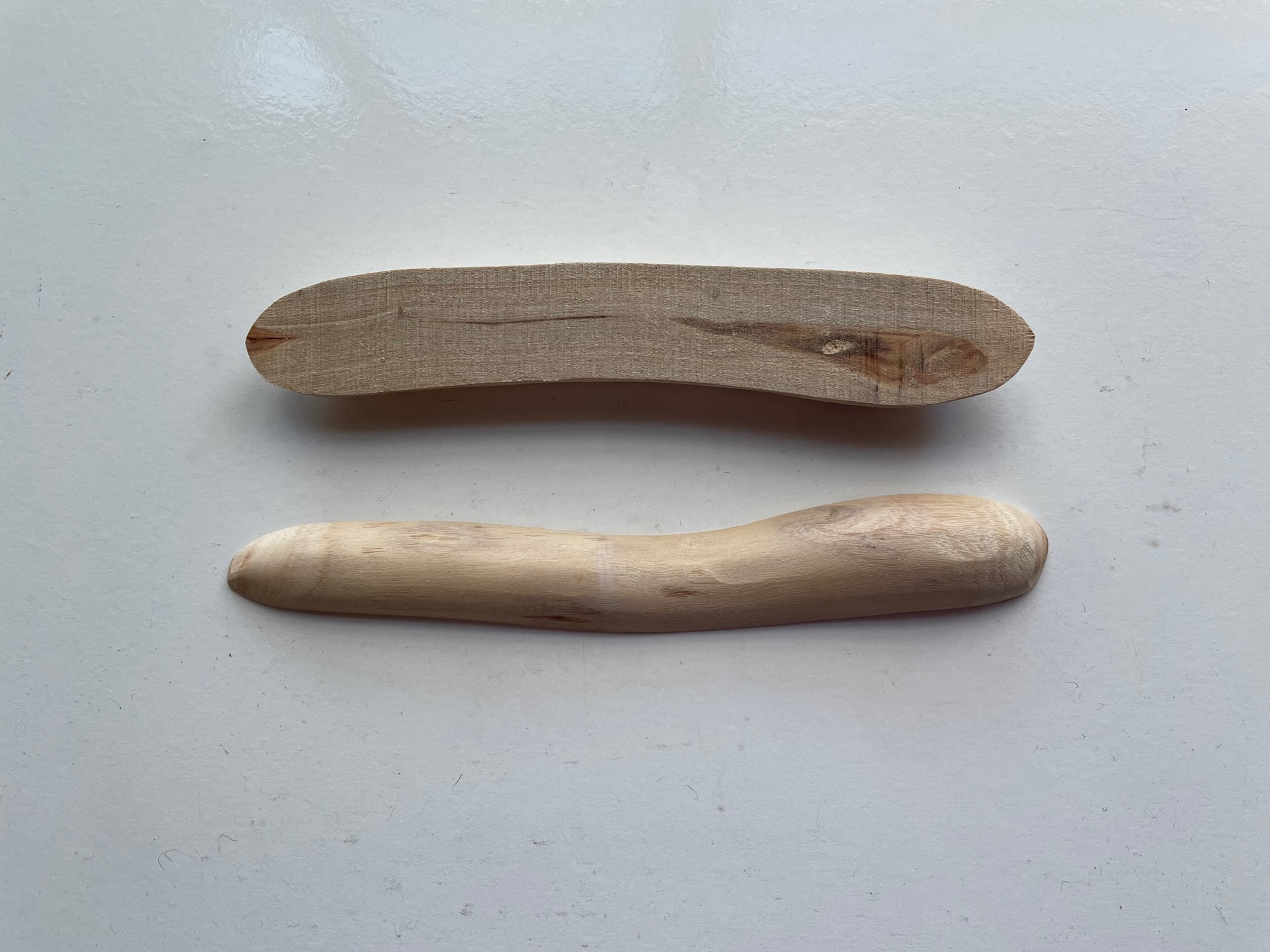
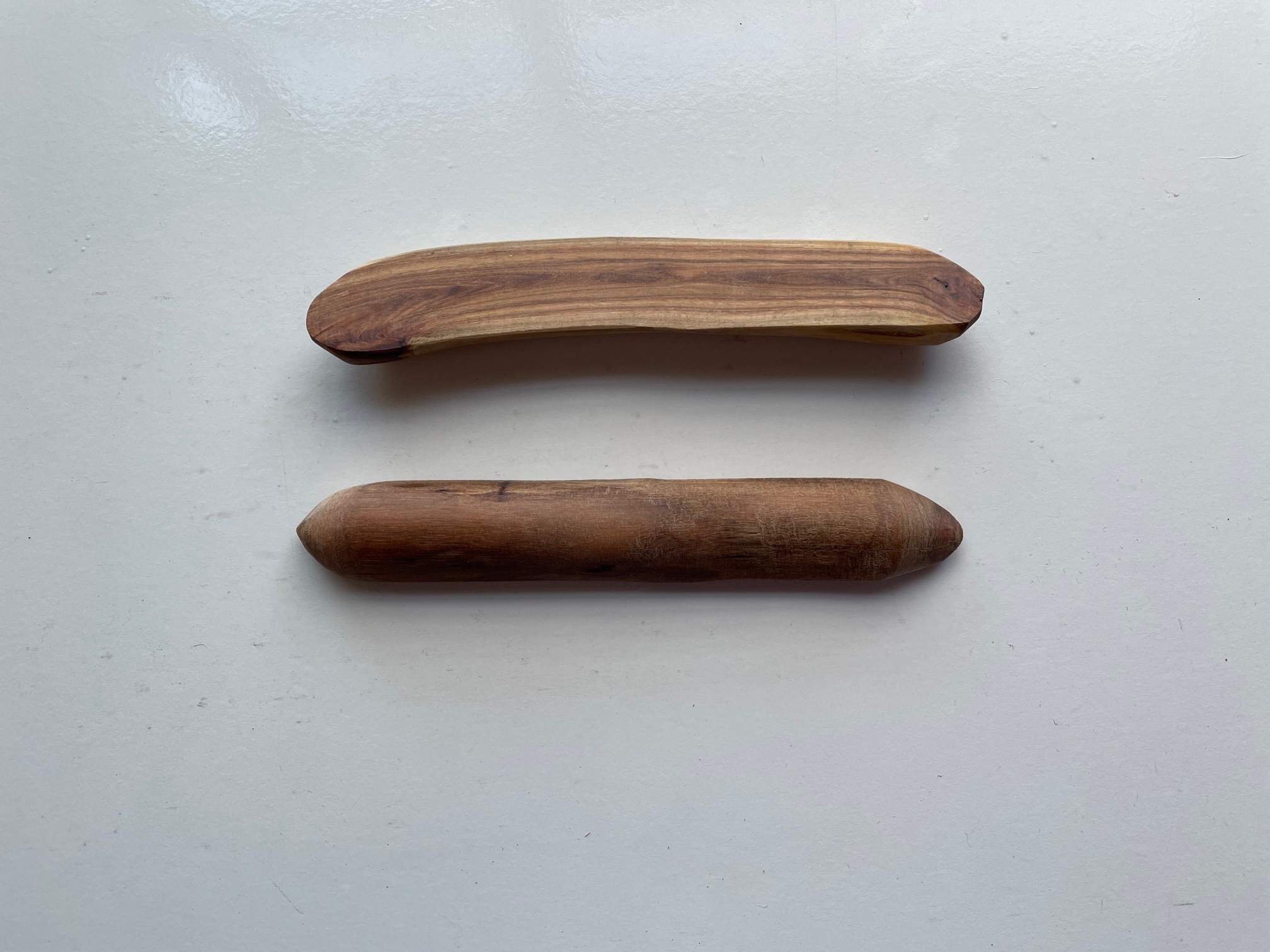
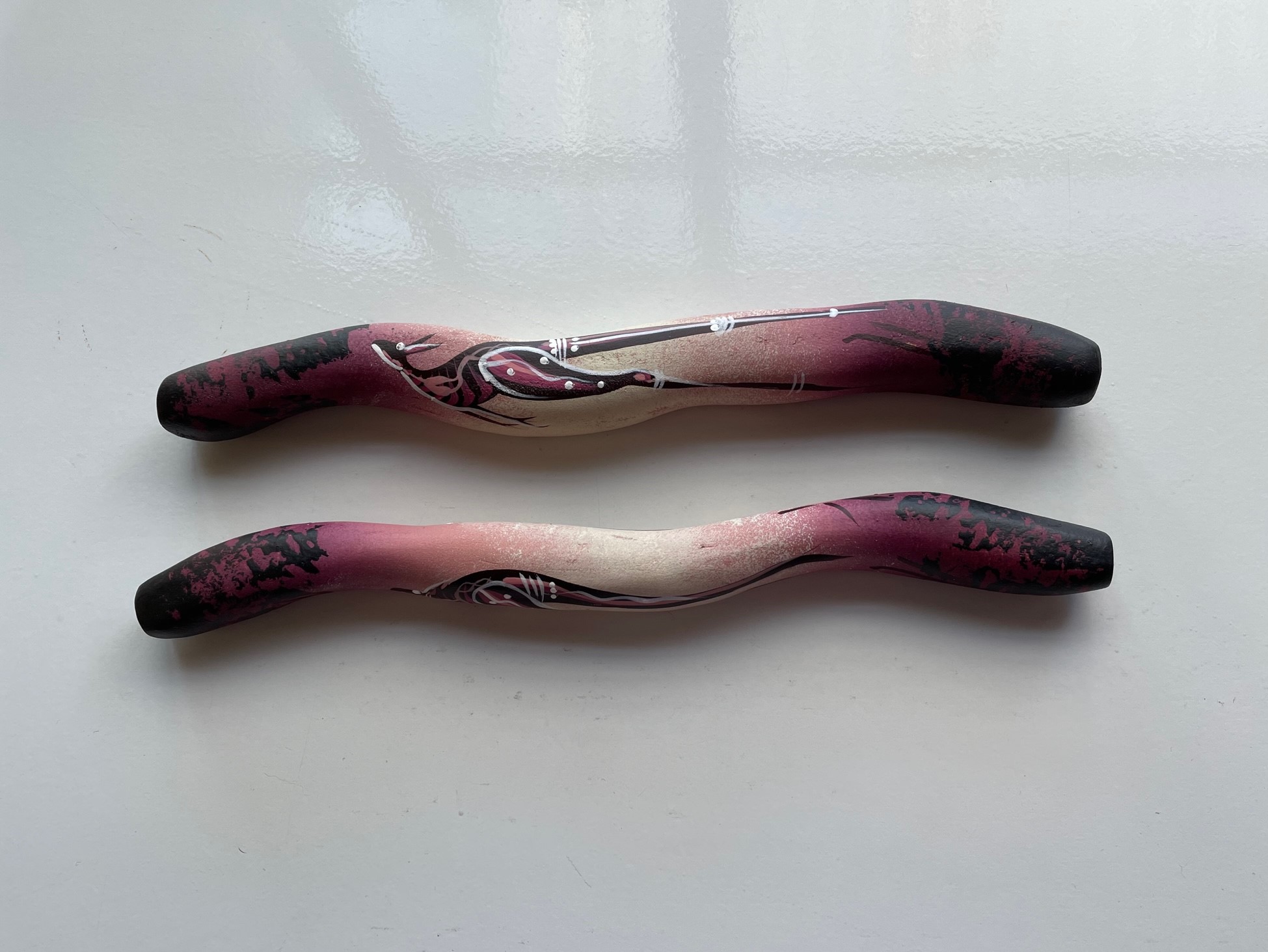
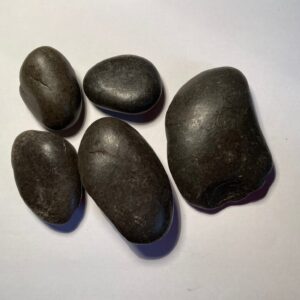
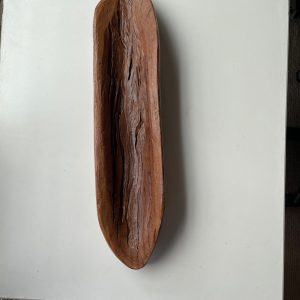
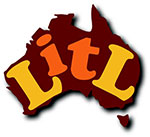 Welcome to Australia's favourite supplier to the child care sector. We stock the most diverse range of products and specialise in multicultural, Aboriginal and additional needs resources.
Welcome to Australia's favourite supplier to the child care sector. We stock the most diverse range of products and specialise in multicultural, Aboriginal and additional needs resources.